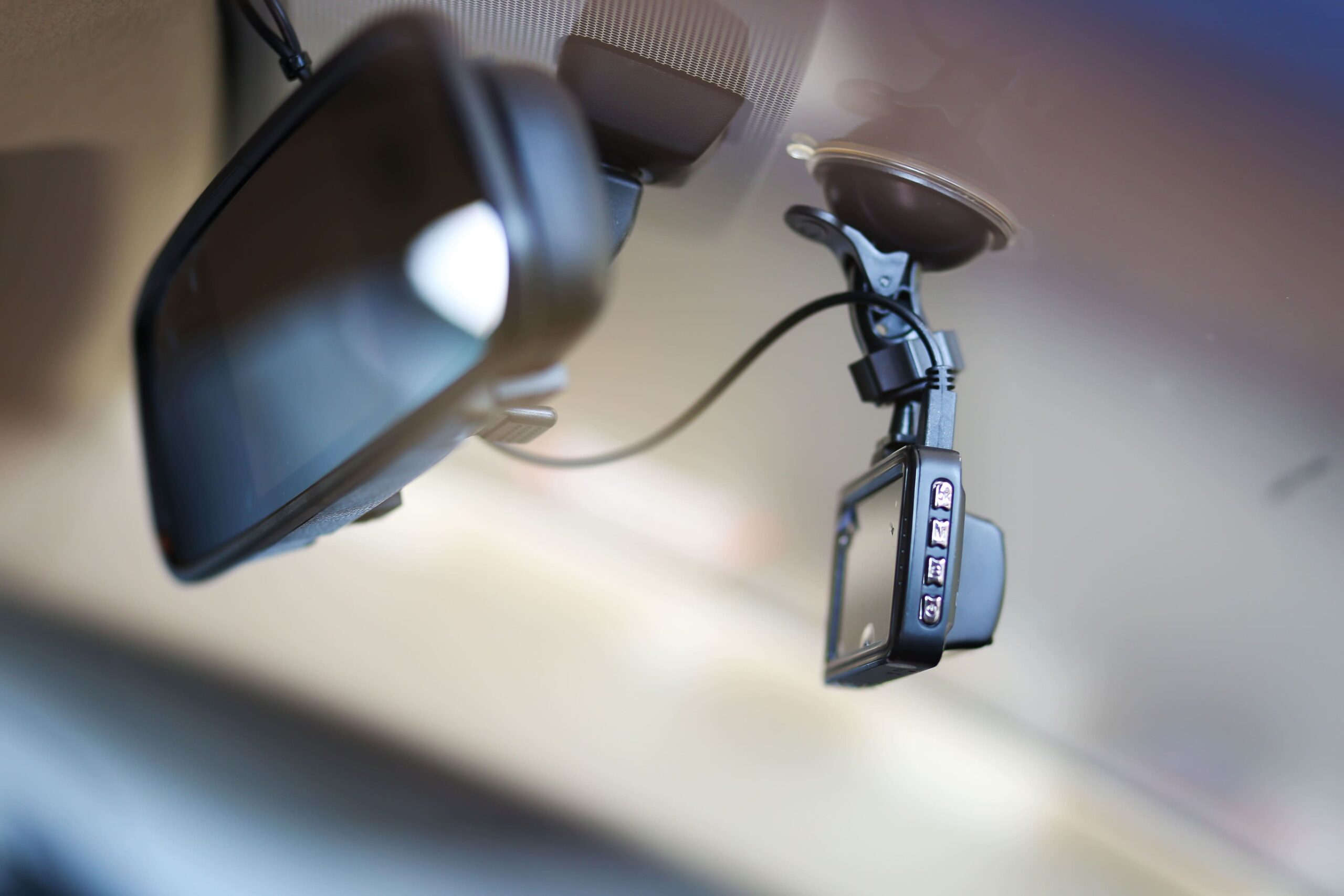
Remote video surveillance with a video recorder. Five steps of the setup
Remote video surveillance with a video recorder. Five steps of the setup
If we consider only the moral component, then video surveillance is installed to obtain a person’s peace of mind (for a house, household, business, possessions). A modern solution for providing remote viewing of video materials is the best way to ensure the facility’s safety and get moral peace. This publication is a step-by-step tutorial on how to set up remote video surveillance.
The essence of remote video surveillance
The modern user chooses remote video surveillance for several obvious reasons:
- The ability to control, view, and access (including mutual) without reference to the area around the clock.
- Ease of use and installation.
- Economic benefit since there is no need to buy/rent expensive equipment.
- Multifunctionality or the ability to use it in everyday life, in business, at objects of different sizes, and passability.
Remote control of video cameras via the Internet can be carried out using various methods: a personal computer, a specially equipped observation post, a mobile device.
Why do you need a recorder?
Often, users are unaware of cloud video surveillance or prefer to use a familiar storage model through recorders.
Their advantages are as follows:
- Simplicity and ease of viewing video materials (via a local network or Internet connection).
- High-quality sound and picture. You can read about the fact that sound is a quality factor in the video monitoring process here.
- The ability to back up, including to a remote server.
- Possibility of recording in different modes.
- The ability to compress digital images and store large amounts of footage.
- The long service life of the equipment (10 years or more).
- An easy way to communicate information to authorities and law enforcement when needed.
Step-by-step setup tutorial
In many cases, remote video surveillance and setting it up seem like a daunting task for users. It is challenging for those who first encounter this issue or decide to install the system independently. Our experts have developed step-by-step instructions for you. It consists of five easy steps.
Step №1
Let’s start by connecting the recorder for a surveillance camera. It’s simple: you just need to connect the DVR to the router through one of the four LAN ports on the router’s back panel.
Step №2
Enable remote viewing function.
- In this case, you (as a user) will need a dynamic IP address. What should be done:
- log into the registrar by username and password. The data can be customized by the user himself or provided by the equipment manufacturer.
- configure the logger with Hots configuration protocol. Thus, it is possible to obtain the address directly from the router.
Step №3
After the system is connected to the Internet, you need to take care of how you view the footage.
Choose a combination of simple and powerful methods available for your equipment to provide continuous remote viewing of network cameras without being tied to the location.
Step №4
Choice of software.
We recommend using specialized software for watching video broadcasts. Make the right choice for the best by reading the publication “Software for video surveillance.”
Step №5
Connecting to a mobile device or web service.
Naturally, the most progressive and convenient way to view video surveillance materials is mobile access through special applications.
IMPORTANT: Make sure that port forwarding is working correctly by configuring the IP address.
Install the mobile application through the corresponding store: Google Play and App Store. Then connect the P2P network to the recorder. You may need to scan a QR code to sync devices. To connect the smart device and the IP recorder.
If you do not have access to your smartphone and mobile application, you can use accessibility features of web services. For example, Google Chrome provides options for remote viewing of CCTV cameras. Logging in requires access to the dedicated application through a browser.
Risks
We cannot say that this solution has no problems and risks. Video surveillance over the Internet, when the configuration and installation carried out by a layman, is always subject to risks. And first of all, you need to take into account the possible consequences of poor-quality installation. How to kill a surveillance system during installation is written in this article.
Also, consider the risks of failure of the DVR, its possible (intentional or accidental) damage, theft, physical elimination of the device. The most reliable and secure storage method is cloud storage.
Conclusion
Focus on choosing a reliable hardware vendor and provider and following the manufacturer’s recommendations for installing hardware and implementing software such as Faceter.








